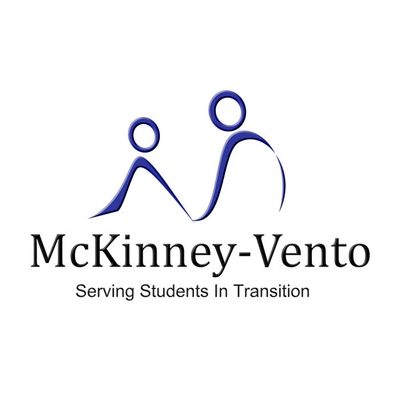McKinney-Vento Education for Homeless Children & Youth Program
(201) 343-6000 x6588
Trenton

The Stewart B. McKinney-Vento Education of Homeless Children and Youth (McKinney-Vento EHCY) program provides homeless students with protections and services to ensure they enroll in and attend school; complete their high school education and be positioned for success after graduation, so they may avoid poverty and homelessness as adults.
What is McKinney-Vento? The McKinney-Vento National Homeless Assistance Act (42 U.S.C. 11431) is a federal law that ensures immediate enrollment and educational stability for displaced children and youth. McKinney-Vento provides federal funding to states for the purpose of supporting district programs that serve displaced students. Under this program, State educational agencies (SEAs) must ensure that each homeless child and youth has equal access to the same free, appropriate public education, including public preschool education, as other children and youth. McKinney-Vento (MKV) eligible children and youth should have access to the educational and other services that they need to enable them to meet the same challenging State student academic achievement standards to which all students are held. In addition, displaced students may not be separated from the mainstream school environment.
Eligibility Requirements
The McKinney-Vento Act defines homeless children as "individuals who lack a fixed, regular, and adequate nighttime residence:'
Children and youth living in motels, hotels, trailer parks, or campgrounds due to lack of alternative accommodations or not in the care of a parent (unaccompanied youth) are eligible. A child or youth is also considered homeless if he or she is residing at a hospital or in an emergency shelter awaiting foster care placement.
Doubling up or sharing the housing of others also classifies students as homeless. Homeless migrant children who meet the eligibility criteria as defined above are also eligible for McKinney-Vento services.
Tuition and Transportation Services
The student's original district of residence is required to pay tuition to the district that educates the displaced child for a period of one year. After one year, if the family remains at the same location, that district of domicile must assume fiscal responsibility.
If a student is residing in a domestic violence shelter after one year, the New Jersey Department of Education assumes fiscal responsibility.
Districts may request tuition reimbursement from the NJDOE for students from out-of-state, out-of-country, or if the district of residence cannot be determined.
If the student's temporary residence and the school of residence are in the same local education agency, then the LEA must provide transportation. For students attending school outside of their district of residence, or when a district of residence cannot be determined, please refer to Section 6A:27-6.2 for determining responsibility for the provision of transportation services. information, if necessary.
Enrollment RequirementsThe term "enroll" is defined by the McKinney-Vento Act as "attending classes and participating fully in school activities" [42 U.S.C.§ 11434(a)(1)1. School districts must enroll McKinney-Vento eligible students immediately and notify the last school of attendance within 24 hours, even if they do not have documents normally required for enrollment, such as previous school records, medical or immunization records, proof of residency, birth certificate, proof of guardianship, or other documents. Local education agencies must develop, review, and revise their policies to remove barriers to the school enrollment and retention of children and youth in homeless situations.
Displaced students should be enrolled in any program operated by the school that is appropriate for the student's needs, such as the school meals program, services through Title I, Part A, and school transportation.
Due to the recognition of unaccompanied youth by the McKinney-Vento Act, it is important to note the absence of a parent or guardian is not sufficient reason to delay or deny enrollment. Unaccompanied MKV-eligible youth must be placed into the classes that seem most appropriate at the time of enrollment, with adjustments made later based on new information, if necessary.
Where Can a Homeless Student Attend School?
McKinney-Vento eligible students can receive an education in either the district in which they are currently living or in their district of residence. The district of residence is the school district where the student last had permanent housing before becoming displaced. Where a child attends school is a decision reached between the student's parent/guardian and the school district(s).
| Eligibility | The McKinney-Vento Act defines homeless children as "individuals who lack a fixed, regular, and adequate nighttime residence:" |
| Age Groups |
|
| Community Services |
Basic Needs / AssistanceEducation |
| Areas Served |
|
Last Updated: 01/29/25
